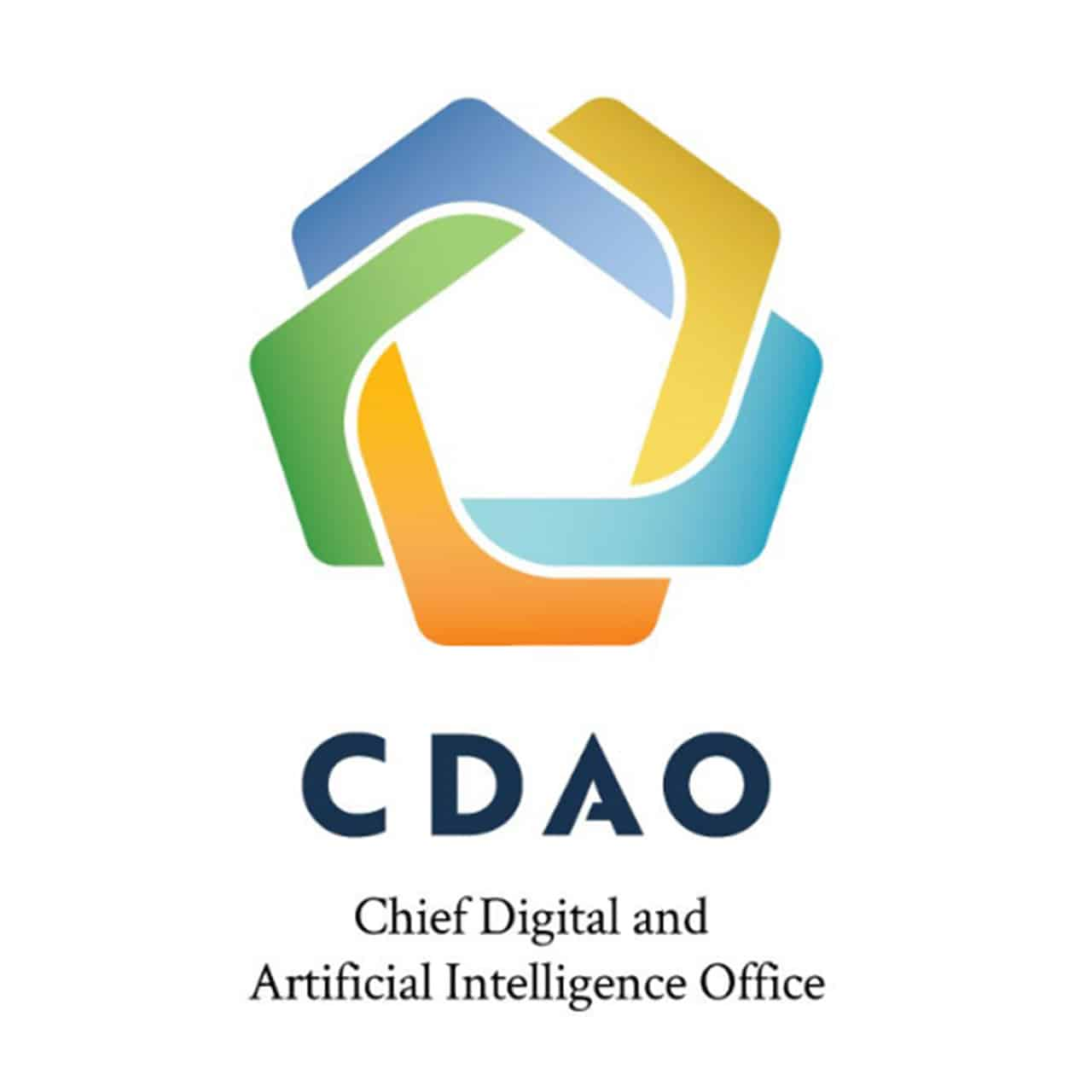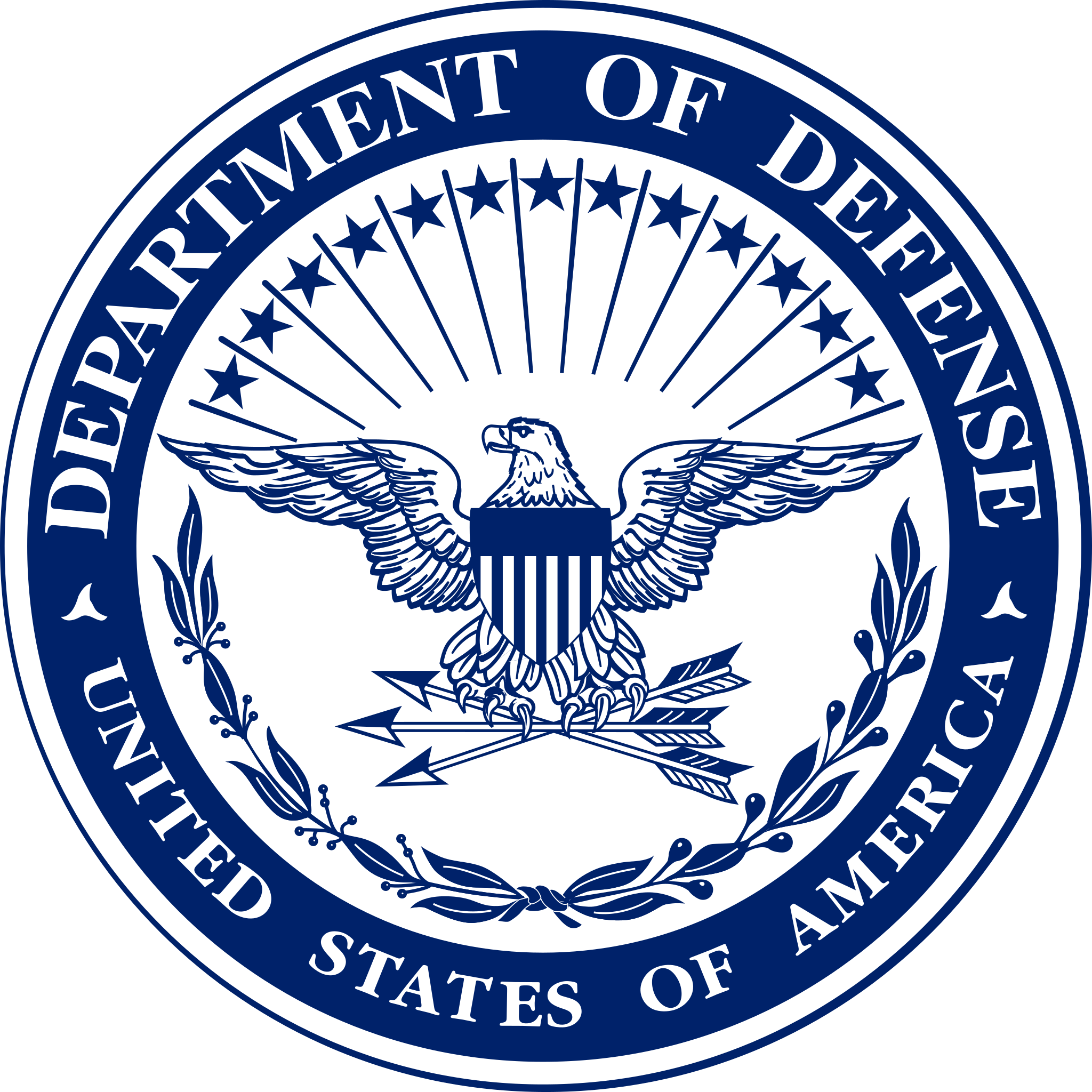Abstract
We present a basic benchmark for a new approach to Natural Language Understanding (a subset of NLP) utilizing non-neural network-based Artificial Intelligence (“AI”) that matches, and in some instances, outperforms state-of-theart neural network-based NLP technology. This new procedure uses AHvos Corporation’s proprietary CRI (“Contextually Responsive Intelligence”) AI technology. The English language subset of the Multilingual Amazon Reviews Corpus (“MARC”) is used for the benchmark. The benchmark starts with a CRI AI engine that has no knowledge or pre-training of any kind related to any text language and it ends with text classification of the English subset of MARC. CRI technology demonstrates a 91.93% text classification accuracy (accuracy benchmark using neural network-based NLP AI models report results in the 59% to 73% accuracy range). The total AHvos benchmark elapsed time was 1.8 seconds. The CRI benchmark is comprised of 2 phases: the Education Phase (called the Training Phase of neural networks’ NLP AI models) and the Text Classification Phase. Comparatively, neural network-based NLPs utilize 3 phases: (1) the English-based AI LLM model generation, (2) the fine tuning of the AI model for text classification specialized in the Amazon Reviews Corpus, and (3) the text classification. It is important to note the last 2 phases of neural network-based NLP are reported to require 10 hours on average to complete. The AHvos benchmarking exercise was fully completed using a non-proprietary laptop with core i5 7th Gen CPU, 24 GB of RAM, and no GPU. CRI technology correctly identified mislabeled data in the English Amazon Reviews Corpus both during the Education and the Text Classification phases. CRI provides a clear linguistic rationale for each of its text classification decisions resulting in a significant improvement in the understanding of AI classification responses versus conventional neural network technology. Special attention should be given to the characteristic learning curve measured during the Education Phase showing the ability for the CRI engine to self-detect when it has reached knowledge equilibrium (the “KE” point). KE signals that the engine has “learned the concept” and no additional data is required for educating the engine, resulting in faster and less data intensive Education Phase completion times. The CRI engine consumed only 25.00% of the available training dataset provided by the English Reviews Corpus to reach KE. Further research has been completed by the Research and Development Department at AHvos Corporation to demonstrate that CRI engines are equally valid when using non-English datasets included in the Amazon Review Corpus as well as other types of text-based datasets producing both similar and improved accuracy and performance results to the ones described in this benchmark.






